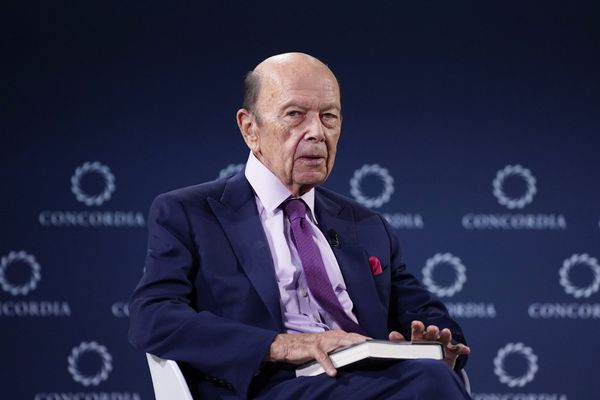
Rapidly shifting pieces have been synonymous with President Trump’s trade policy — China included, according to AP News. Chinese producers sell more than $400 billion worth of goods in the U.S. annually, per Reuters. In order to help orient ourselves within all the changes right now, here’s what ChatGTP said President Trump’s latest deal with China means for middle-class finances.
Check Out: I Asked ChatGPT What the Point of Trump’s Tariffs Are: Here’s What It Said
For You: 7 Tax Loopholes the Rich Use To Pay Less and Build More Wealth
Tariff Reductions Are Partial, Short-Term Relief
Tariffs aren’t gone, but middle-class households face partial relief because of tariff reductions. A deal slashed U.S. tariffs on Chinese goods from 145% to 30%, according to Time Magazine. However, an average American family would still face a net hike of $2,300 to $2,800 a year in additional tariff-related costs.
Trending Now: Here’s How Much Every Tax Bracket Would Gain — Or Lose — Under Trump’s ‘Big, Beautiful Bill’
Consumer Prices Are Still Elevated
Consumers continue to pay higher for everyday items, including electronics, clothing and appliances due to residual tariff burdens. Tariffs work like regressive taxes with those in the middle-class paying a larger share of income, per Bloomberg.
Inflation and Reduced Purchasing Power
Consumer Price Index (CPI) increases tied to tariffs could hit 1.3% to 2.3%, depending on whether all planned tariffs take effect, per Barron’s. This is equivalent to a loss of $1,900 to $3,800 in real purchasing power per household annually.
Uncertainty Hinders Business and Hiring
Amidst pronounced uncertainty, businesses and consumers alike may be less inclined to make big changes or commitment.
“The stop-start nature of tariff implementation slows corporate investment, especially in manufacturing — limiting job growth and wage pressure. Consumer confidence can waver amid this uncertainty,” ChatGPT said.
Risk of Retaliation and Spillover
Any potential repercussions don’t end just because tariffs end. Chinese retaliatory tariffs on U.S. exports could hit middle-class related industries, including autos, agriculture and manufacturing, leading to layoffs or price hikes. “Ongoing tit-for-tat risks mean future prices and employment could shift again,” ChatGPT explained.
So, What Are Your Next Moves?
ChatGPT had four suggestions for what to do right now:
- Budget for inflation in your essential expenses, including groceries, clothes and electronics.
- Lock in rates for mortgage and loans sooner rather than later as uncertainty may affect financial markets.
- Track CPI and Fed signals. These reflect tariff-driven inflation trends.
- Diversify income streams to guard against local job or wage hits.
Editor’s note on political coverage: GOBankingRates is nonpartisan and strives to cover all aspects of the economy objectively and present balanced reports on politically focused finance stories. You can find more coverage of this topic on GOBankingRates.com.
More From GOBankingRates
- 6 Costco Products That Have the Most Customer Complaints
- Mark Cuban Warns of 'Red Rural Recession' -- 4 States That Could Get Hit Hard
- 8 Common Mistakes Retirees Make With Their Social Security Checks
- Clever Ways To Save Money That Actually Work in 2025
This article originally appeared on GOBankingRates.com: I Asked ChatGTP What Trump’s China Deal Means for the Middle Class — Here’s What It Said







